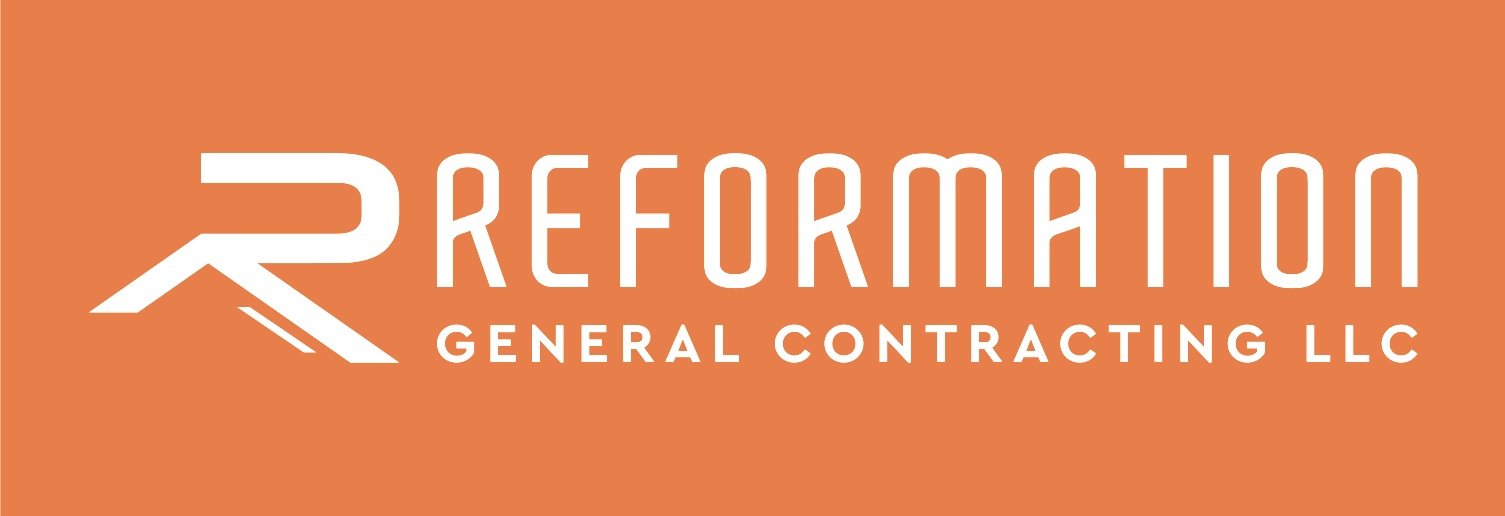How Rain Affects Your Roofing: Understanding and Preventing Leaks
How Rain affects your roofing
Understandin and preventing leaks
The intricate ballet of a rain shower can be mesmerizing. It is a blessing that revitalizes the natural environment and brings relief in hot weather. But for homeowners, the incessant pounding of a heavy rainstorm might bring worries. The primary cause of this worry? The potential for roof leaks.
Rain, especially when it comes with extreme weather conditions, can have significant effects on the roofing of your home. Understanding how rain affects your roof, and more importantly, how to prevent potential leaks, can save you a considerable amount of time, money, and stress.
The Impact of Rain on Your Roof
Wear and Tear
Roofs are made to withstand normal weather conditions, including rain. However, prolonged exposure to heavy rain can cause a gradual wear and tear, affecting the integrity of the roof's structure. The outermost layer of the roof, whether it's asphalt, metal, or wood, can degrade over time.
Leaks
Over time, small cracks can develop due to the constant contraction and expansion caused by changing weather. During a rainstorm, water can seep into these cracks, and if unnoticed, can cause leaks. These leaks might not always be obvious. If left untreated, a small leak can lead to significant damage within your home, such as mold growth or structural damage.
Shingle Damage
In heavy rainstorms, especially those accompanied by high winds, shingles can get lifted, broken, or blown off entirely. This leaves the underlayment and decking exposed to further damage.
Gutter Blockage
Rain can cause leaves and debris to clog the gutters. Blocked gutters can't effectively channel water off the roof, increasing the chance for it to seep into the roof structure or overflow back onto the house walls.
Preventative Solutions for Leaks
1. Regular Inspections: Regularly inspect your roof, especially after significant weather events. Look for damaged or missing shingles, punctures, and cracks. Pay attention to the areas around the vents, chimneys, and skylights, which are common places for leaks.
2. Professional Maintenance: Hiring a professional roofer for regular maintenance can prevent minor issues from becoming major problems. Professionals are trained to spot potential problems that might be overlooked by the untrained eye. They can also help maintain the integrity of your roofing materials.
3. Gutter Cleaning: Ensure your gutters are clean and free from debris to effectively direct water away from your roof. This not only helps prevent roof leaks, but also protects your home's siding and foundation from water damage.
4. Roofing Material: Consider the quality and type of your roofing material. Higher quality materials may be more expensive upfront but can provide better protection against the elements, leading to less damage over time.
5. Proper Ventilation and Insulation: Having proper ventilation and insulation in your attic can prevent the buildup of condensation, which can lead to roof leaks. It can also help keep your house cooler in the summer and warmer in the winter.
In conclusion, while we can't control the weather, we can take preventive measures to protect our homes from its impacts. Regular inspections, professional maintenance, keeping gutters clean, choosing high-quality roofing material, and ensuring proper ventilation and insulation can significantly reduce the risk of leaks and other rain-related roof damage. The key lies in being proactive rather than reactive when it comes to your roof's health.

